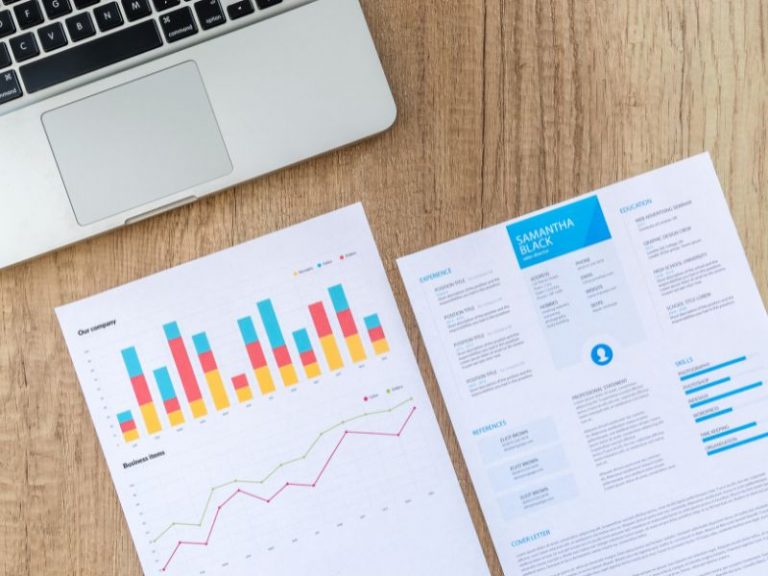Data analytics is the process of examining and interpreting data to gain insights and make informed decisions. It involves collecting, cleaning, transforming, and modeling data, as well as visualizing and communicating results. Data analytics can be used to solve a variety of business problems, such as understanding customer behavior, optimizing marketing campaigns, and predicting future trends.
Data analytics is a multi-disciplinary field that draws on concepts from statistics, computer science, and information technology. There are several approaches to data analytics, including descriptive, diagnostic, predictive, and prescriptive. Descriptive analytics summarizes data and provides insights into patterns and relationships. Diagnostic analytics investigates the cause of a particular phenomenon. Predictive analytics uses statistical models to forecast future outcomes. Prescriptive analytics provides recommended actions based on data-driven insights.
Data analytics requires specialized tools and techniques, including data mining, machine learning, and artificial intelligence. These tools allow organizations to process large amounts of data and identify meaningful patterns that would be difficult to detect using traditional methods. Data analytics also requires a deep understanding of the data being analyzed and the business context in which it is being used.
Data analytics is essential for organizations in virtually every industry, as it enables them to make informed decisions based on evidence, rather than intuition. It is also a rapidly growing field, as the volume of data generated by businesses continues to increase. By leveraging data analytics, organizations can gain a competitive advantage, improve customer satisfaction, and increase profits.

